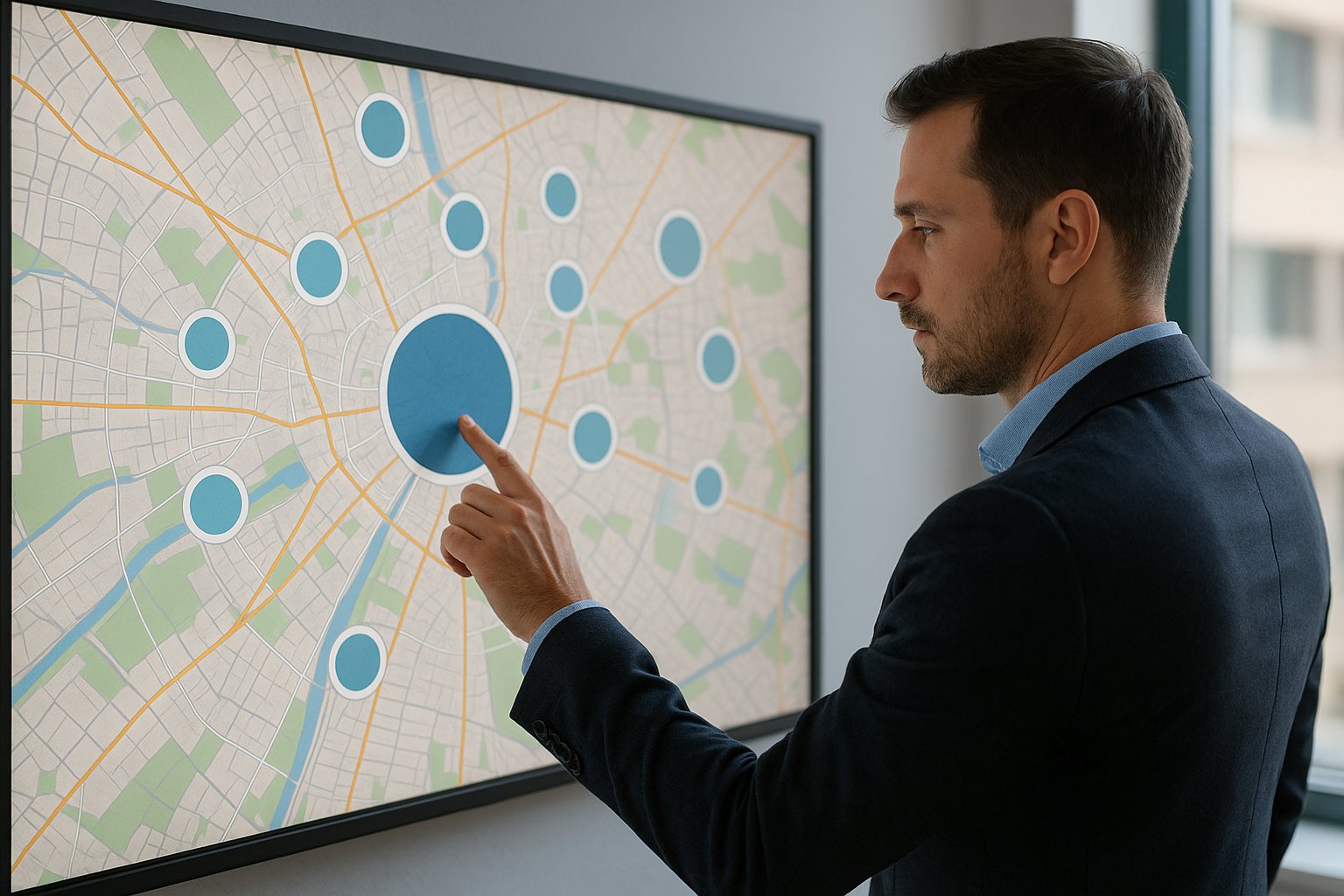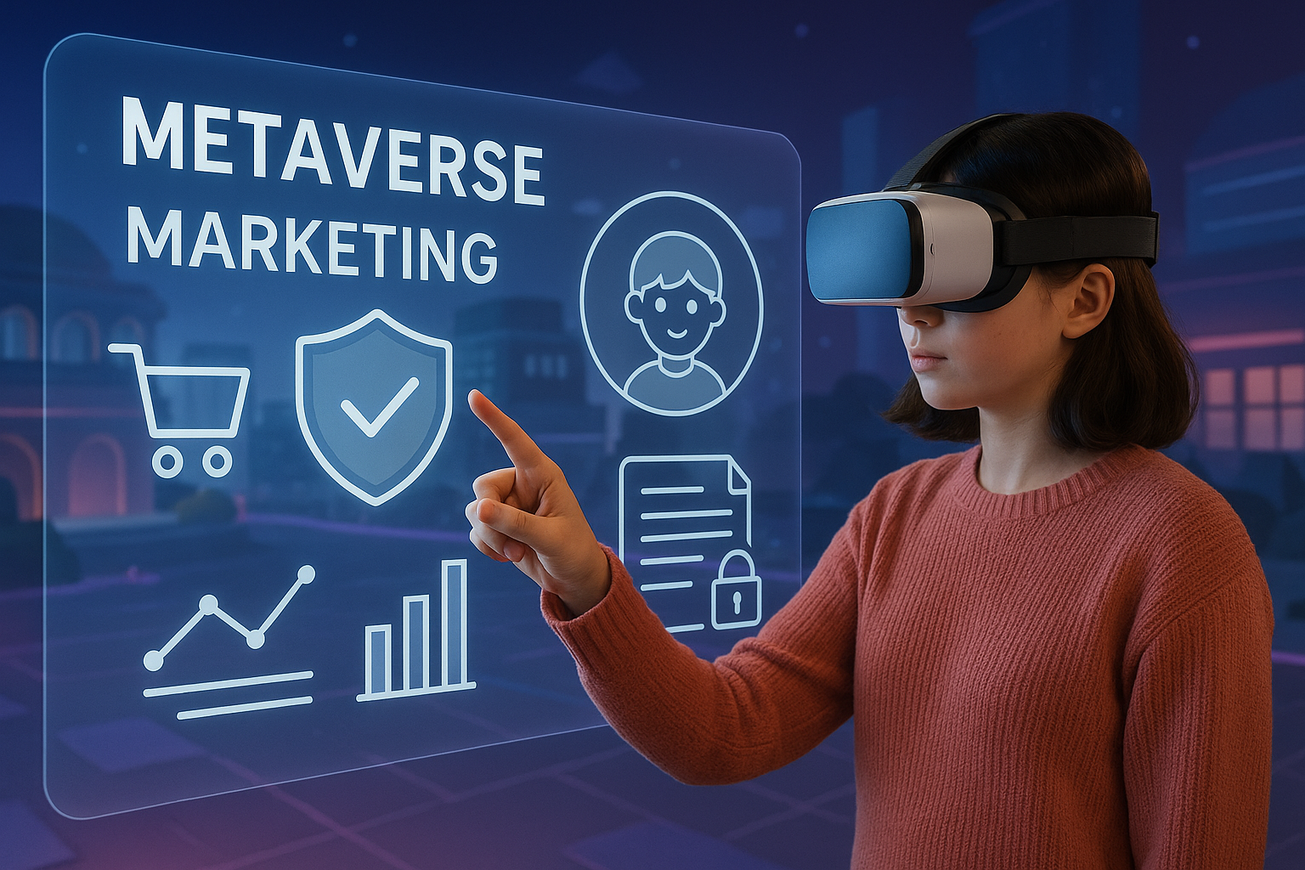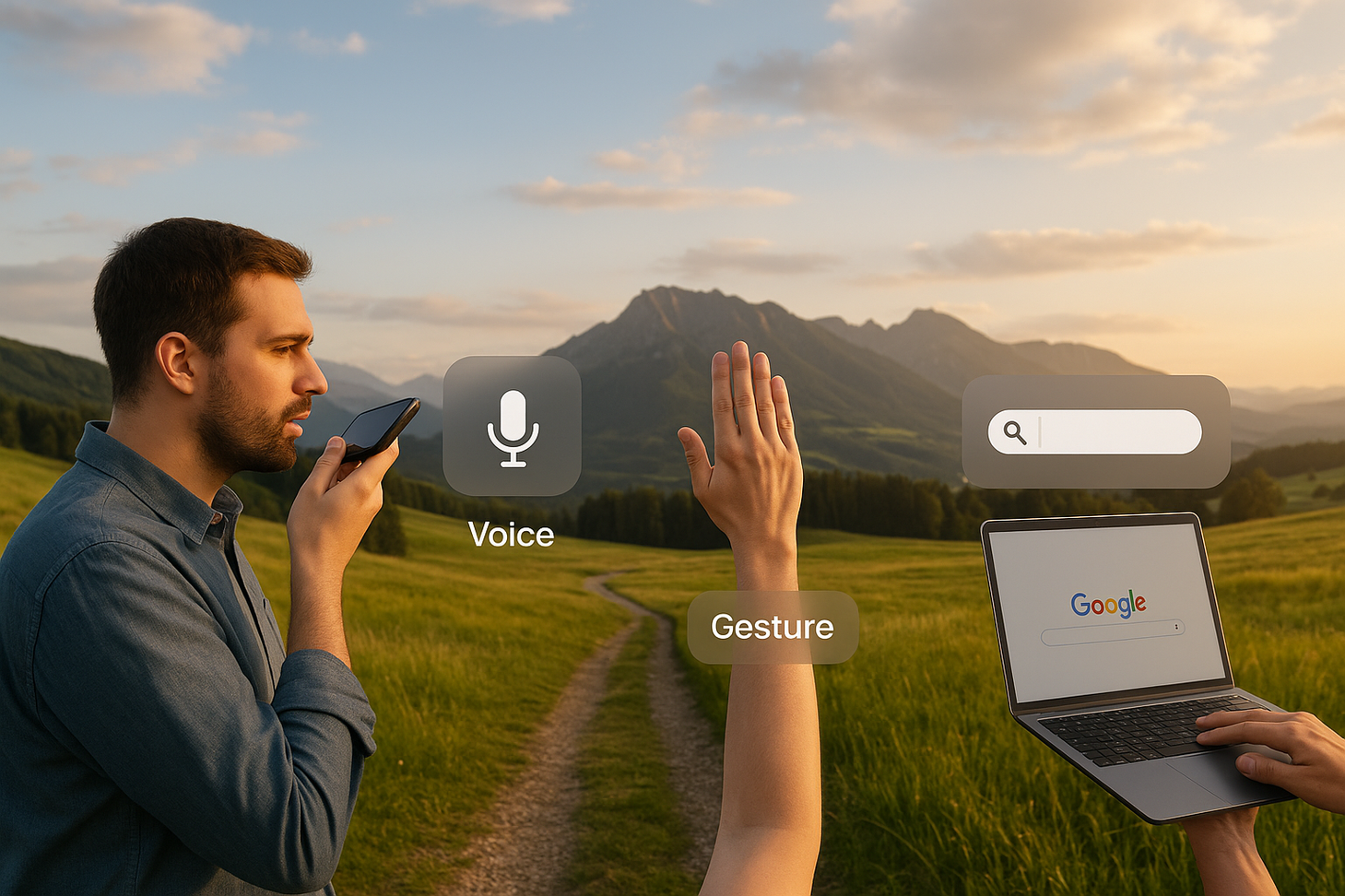Proxemics, the study of how humans use space in communication and interaction, is no longer confined to anthropology textbooks. With the digital transformation of environments and our growing reliance on spatial computing, proxemics has found renewed relevance in shaping spatial search trends across both physical and virtual platforms. Whether it’s searching for a cosy café, navigating a virtual world, or designing robots to interact naturally with humans, proxemic principles quietly but powerfully guide how space is perceived, sought, and utilised.
This article explores in depth how proxemics influences spatial search behaviour, both in the real world and in digital contexts like virtual reality (VR), augmented reality (AR), and interactive gaming. It also unpacks future trends where spatial computing and AI continue to push boundaries by aligning technological interfaces with human spatial expectations.
Understanding Proxemics: A Brief Foundation
Coined by anthropologist Edward T. Hall, proxemics examines how people use personal space in various social situations. Hall identified four proxemic zones:
- Intimate (0–45 cm)
- Personal (45–120 cm)
- Social (1.2–3.6 m)
- Public (>3.6 m)
These zones serve as templates for interpersonal interactions, influencing how people seek or avoid certain environments. But the influence doesn’t stop at physical human interaction; it extends to how we search for, interpret, and navigate spaces—both physical and digital.
1. Personal Space and Geographic Search Behaviour
Comfort Zones and Spatial Querying
Human comfort levels with proximity directly translate to spatial search behaviours. For instance, when individuals look for quiet, cosy spots—such as cafes, parks, or bookshops—they often do so within a psychological “personal bubble.” These are spaces aligned with their preferred intimate or personal zones.
Search terms such as “quiet coffee shops near me” or “private study rooms nearby” highlight how people instinctively apply proxemic reasoning to digital searches. In contrast, large social activities, such as concerts or rallies, are often searched using broader geographic ranges, aligning with Hall’s public zone.
Cultural Variations in Search Behaviour
Proxemic behaviour is deeply cultural. Americans, for example, typically prefer larger personal space than Latin Americans or Southern Europeans. This cultural distinction affects spatial search behaviour—people from high-contact cultures may be more willing to search for crowded venues or shared spaces. In contrast, individuals from low-contact cultures might prefer to filter for sparsity or exclusivity.
Such cultural nuances are visible in user-generated spatial data and location-based services. In Japan, for example, apps often prioritise noise levels and crowd data for places like cafés and restaurants, reflecting a societal preference for privacy and low intrusion.
Situational Shifts: A Pandemic Perspective
The COVID-19 pandemic made the role of proxemics in spatial search behaviour unmistakably clear. Lockdowns, social distancing, and health anxieties prompted users to reassess their understanding of proximity.
Search terms like “outdoor dining,” “less crowded parks,” or “drive-thru grocery pickup” surged in popularity. People adapted their spatial queries to accommodate increased distances, revealing how dynamic and context-sensitive proxemic behaviour is.
Mobile GPS data and visual analysis of street view imagery further confirmed that average interpersonal distances increased globally. This revealed a shift in what people considered “safe” zones, resulting in an expanded search radius and greater awareness of density-related search filters.
The Digital Angle: Privacy as Spatial Proxemics
Proxemics isn’t just about physical space—it’s also psychological, extending to digital boundaries. Location-based services, while useful, raise concerns about digital intrusion. Users have become increasingly aware of who accesses their location data and when.
This impacts spatial search trends:
- Increased use of incognito or limited-permission modes
- Preference for apps that allow opt-in GPS tracking
- Higher engagement with platforms that anonymise or generalise user locations
Digital proximity, like physical proximity, now demands consent and control. Thus, spatial query design must accommodate user privacy preferences just as they do physical space constraints.
2. Spatial Search in Digital Environments: VR, AR, and Gaming
Designing for Digital Comfort
In immersive environments like VR and AR, users bring their real-world proxemic expectations into artificial spaces. This is why digital proxemics—the virtual application of personal space concepts—has become essential in the design of spatial experiences.
Developers must decide how close a virtual agent or object appears. If avatars or elements violate expected proxemic zones, users report discomfort, stress, or even motion sickness. As a result, designers must replicate real-world spatial logic in virtual environments.
Locomotion and Distance Perception in VR
How users move through virtual space shapes their perception of distance and comfort. Two primary locomotion methods are:
- Natural Walking: Enables accurate distance estimation and a stronger sense of presence. Aligns closely with physical-world proxemics.
- Teleportation: Popular for reducing motion sickness, but it distorts spatial perception, leading users to tolerate closer proximity due to reduced spatial awareness.
Studies show that teleportation reduces interpersonal distance by 15–20%. This collapse in perceived space must be considered in spatial search systems within VR, where proximity to other avatars or objects affects engagement and comfort.
Avatar Identity and Proxemic Influence
User and avatar identity further impact digital spatial interaction:
- Users with female avatars maintain 30–50 cm greater distances from virtual agents.
- Users interacting with robotic or unfamiliar avatars tend to display larger avoidance zones due to the unpredictability of these avatars.
- Cultural factors influence how close users allow avatars to approach; for example, Asian users tend to maintain a larger digital personal space than Western users.
Developers now adjust avatar designs and behaviour based on inferred or selected user demographics, improving overall experience by avoiding unintentional violations of digital personal space.
Digital Proxemics in Gaming
In video games, spatial search mechanics often hinge on how players relate to space. Game design increasingly includes proxemic principles to:
- Map intuitive item placement within reachable zones
- Ensure UI elements don’t obstruct personal visual space
- Allow meaningful engagement with non-player characters without overwhelming the player
“Safe zones,” interactive spaces, and combat boundaries are designed around perceived social and personal zones to maximise immersion and control.
Technical Integration: From Theory to Algorithm
The theoretical concepts of proxemics are now embedded in design tools:
- Egocentric Views (first-person): Improve immersion but demand accurate spatial alignment with real-world proxemic zones
- Exocentric Views (third-person): Provide better spatial awareness, but can compromise personal engagement
As a result, developers must strike the right balance, depending on the application: first-person for training simulations and third-person for strategy-based tasks.
3. Proxemics in Social Robotics and Navigation Algorithms
Zoned Path Planning Based on Proxemic Principles
As robots increasingly interact with humans in public and private environments, understanding and respecting personal space becomes critical to their social acceptance and effectiveness. Developers have begun to integrate proxemic zoning into robot navigation algorithms. These systems use Edward T. Hall’s zones as a framework:
| Zone | Distance Range | Application |
| Intimate | 0–45 cm | Medical robots, caregiving |
| Personal | 45–120 cm | Service robots in retail and hospitals |
| Social | 1.2–3.6 m | Tour guides, museum assistants, and airport robots |
| Public | >3.6 m | Surveillance and security patrols |
Algorithms like ORCA (Optimal Reciprocal Collision Avoidance) and Social Momentum models factor these distances into real-time decision-making. Robots adjust their paths dynamically to avoid entering a person’s intimate or personal space, unless it is contextually appropriate.
Dynamic and Culturally Calibrated Navigation
Cultural norms continue to play a significant role. For instance:
- Robots in Northern Europe are programmed to maintain larger personal zones (~1.2 m).
- In Southern Europe or Latin America, robots may navigate with smaller buffer zones (~80 cm).
Furthermore, robots now utilise lidar sensors, RGB-D cameras, and depth perception models to detect human clusters and adjust their navigation to avoid bisecting social groups. These adaptations mimic human behaviour in shared spaces, enhancing acceptance and trust.
4. Hybrid Workspaces and Post-Pandemic Office Design
Spatial Buffers and Personal Zones in the Workplace
As organisations shift toward hybrid work models, physical office design is being reimagined using proxemic research. Personal comfort in the workplace is linked to how space is allocated and perceived. New designs include:
- Minimum 1.2 m desk spacing to reflect the “social zone,” reducing interpersonal conflict and stress.
- Partitioning systems that support transitions between collaboration (social) and focused work (personal).
- Quiet rooms or pods for private interaction or concentration, mimicking intimate or personal spaces.
Virtual Proxemics in Remote Collaboration
In virtual workspaces, designers replicate proxemic cues digitally:
- Breakout rooms for video calls mimic small group interactions, increasing engagement by 40%.
- Camera angles are optimised to reflect “public speaking distance” (approx. 2.4 m), promoting trust and better communication.
- Virtual whiteboards and avatars are placed strategically in collaboration platforms to align with familiar spatial relationships.
These insights are especially useful in VR meeting environments, where the layout and spacing of avatars directly impact the quality and tone of communication.
Acoustic Proxemics and Sound Privacy
Sound design is another proxemic dimension. Proxemics-informed acoustic architecture now includes:
- Sound-dampening panels tuned to block speech intelligibility within 1.5 m, allowing private conversations in open layouts.
- Directional speakers that target auditory signals to specific zones, enhancing productivity and reducing distractions.
This blend of auditory and spatial design demonstrates how proxemics governs more than just physical distance—it also influences sensory boundaries.
5. Architectural and Urban Design Applications
Cultural Calibration in Public Spaces
Urban planners are applying proxemic principles to ensure environments feel safe and intuitive across cultural contexts. For example:
- Nordic cities space public benches 3 meters apart, aligning with higher personal space expectations.
- Mediterranean cities, favouring social proximity, might reduce this to 2 meters.
Hospitals and airports now employ spatial sequencing strategies:
- Users are transitioned smoothly from public zones (lobbies) to social zones (waiting rooms) to intimate zones (consultation rooms).
- This helps reduce anxiety and confusion, improving overall user experience.
Behavioural Sink and High-Density Living
Overcrowding leads to “behavioural sink,” a term for psychological stress caused by a lack of personal space. Proxemics helps combat this through design strategies like:
- Micro-retreats: 1.5 m² private nooks in public parks and malls for solitude and decompression.
- Vertical zoning: Apartment layouts that layer shared, social, and private spaces to prevent territorial disputes.
These designs contribute to mental well-being and promote healthier community dynamics.
6. Gender, Identity, and Spatial Behaviour in Digital Contexts
Avatar Design and Gender Proxemics
Research has shown that both user gender and avatar appearance impact proxemic behaviour:
- Female avatars induce larger personal space buffers—users, regardless of gender, maintain 25–30% greater distance.
- Female users also naturally prefer larger proxemic distances from virtual agents than male users.
This understanding guides avatar design in training modules, educational platforms, and social VR, where violating expected space can disrupt immersion or comfort.
Demographic Adaptation in Design
Modern spatial search systems are beginning to adapt interfaces based on user data:
- Age, cultural background, gender, and behavioural history can inform layout decisions and spatial element placement.
- For example, a search app might suggest more secluded venues for older or privacy-conscious users and socially dense spaces for younger users.
These adaptive experiences are grounded in proxemic principles, offering more intuitive and satisfying search results.
7. Future Trends: AI, Spatial Computing, and Ethical Frontiers
AI-Driven Contextual Proxemics
As spatial computing evolves, AI is beginning to interpret proxemic cues—like eye gaze, gesture, facial expression, and movement velocity—to anticipate user needs.
In future systems:
- Dynamic personal zones might expand or contract based on stress levels, detected via biometric sensors.
- Spatial search interfaces could automatically recommend locations that match emotional states or proximity preferences.
Ethical Considerations and Privacy
With the collection of geospatial and behavioural data comes responsibility. Ethical frameworks are needed to:
- Define acceptable uses of location data.
- Protect users’ digital proxemic boundaries, especially in AR systems that overlay data in shared public spaces.
- Avoid algorithmic bias that assumes proxemic norms without considering cultural or individual variations.
Designers, regulators, and AI developers must collaborate to uphold spatial dignity, ensuring that innovations enhance rather than exploit our relationship with space.
Neuroproxemics: The Next Frontier
Emerging fields, such as neuroproxemics, explore how the brain processes spatial relationships. Brain-computer interfaces (BCIs) may one day:
- Decode subconscious spatial preferences.
- Feed data into systems that dynamically adjust spatial layouts or digital environments to optimise user experiences.
- Enable hyper-personalised spatial search aligned with deep-seated psychological comfort zones.
Final Thoughts: Proxemics as the Invisible Architect of Spatial Behaviour
From quiet café searches to virtual agent interactions and robotic navigation, proxemics is the invisible architect shaping our spatial decisions. It bridges the divide between how we feel about space and how we act in space.
As physical and digital environments converge through spatial computing, AR/VR, and AI, proxemics offers a robust, human-centred framework for designing intuitive, respectful, and efficient spatial search experiences.
By embedding proxemic intelligence into systems, developers and designers can ensure that technology respects the subtle, culture-rich, and deeply personal ways we navigate the world.






